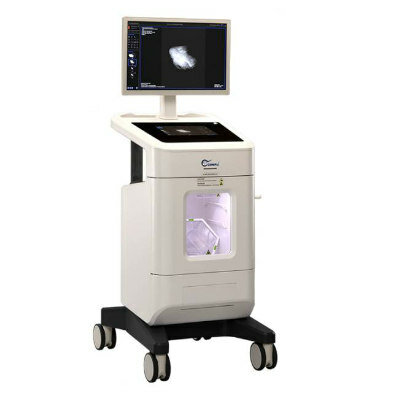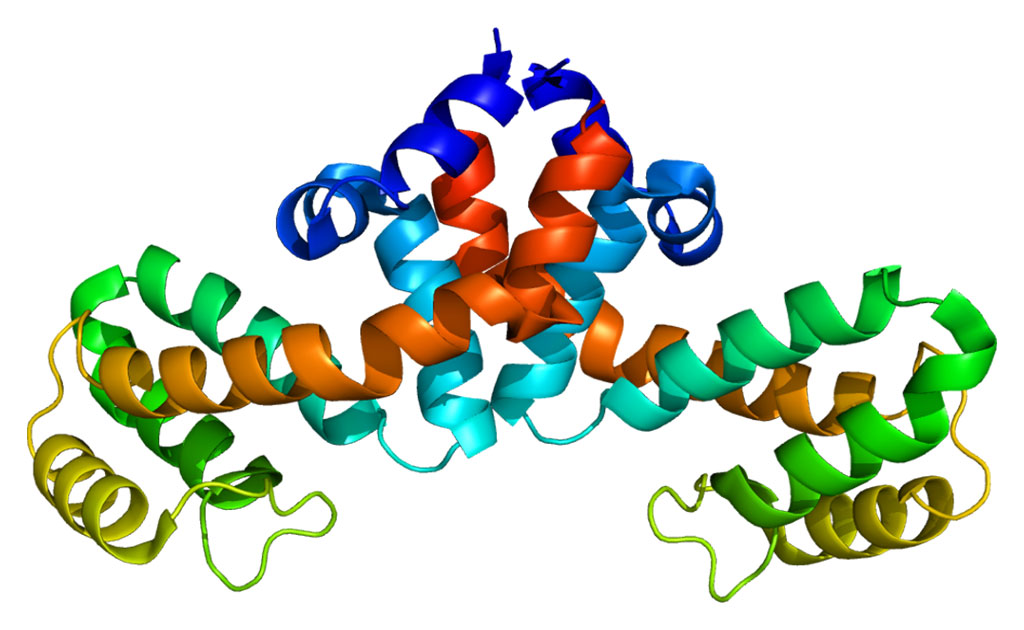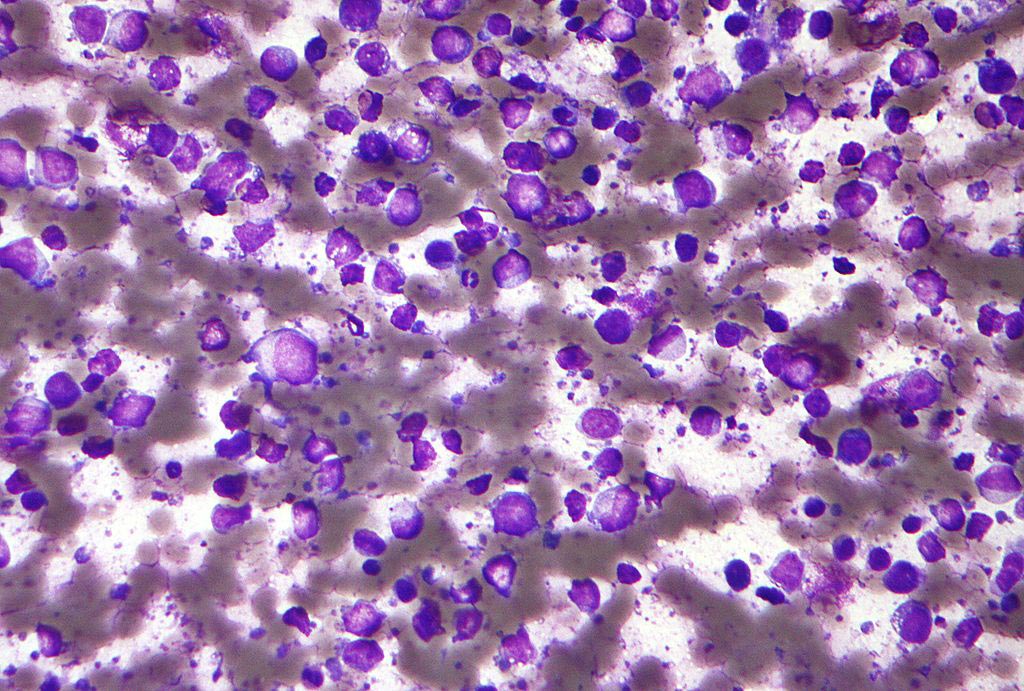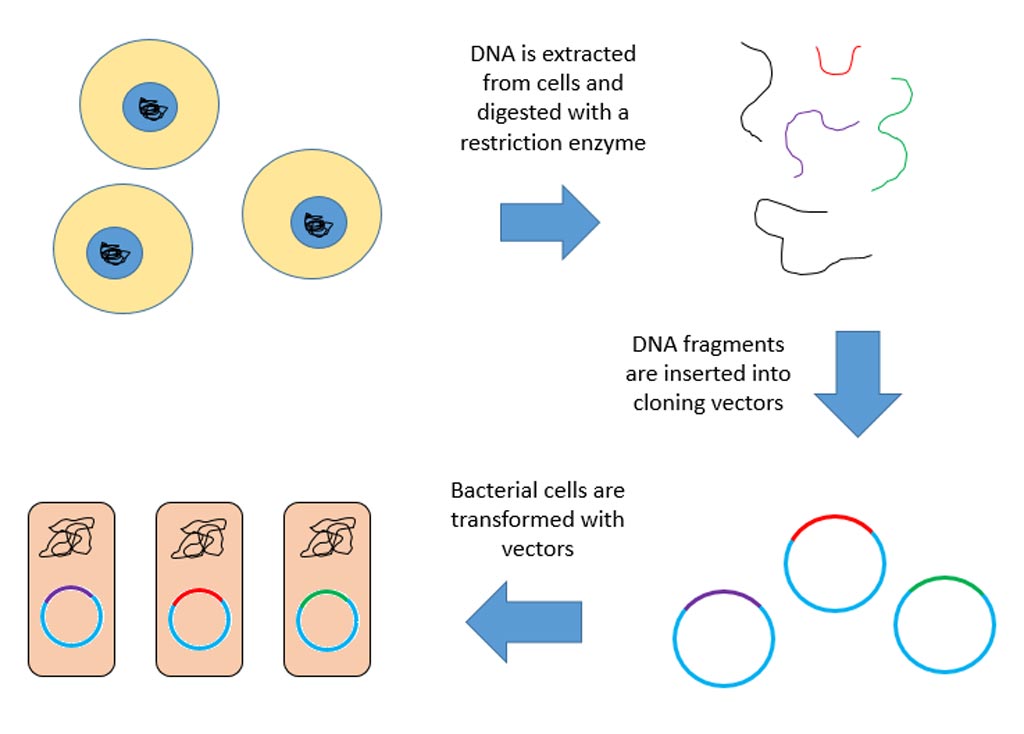Human Quadrupeds Pose Mystery
By Biotechdaily staff writers
Posted on 22 Mar 2006
The discovery of five Kurdish siblings in Turkey who walk on their feet and palms has ignited much curiosity among scientists, who foresee that research into their situation might provide new insights into human evolution.Posted on 22 Mar 2006
The siblings range from 18-34 years of age. They walk on their feet and the palms of their hands, with fingers spread upward, unlike chimpanzees or gorillas, who walk on their knuckles. Their hands are very callused. All are mentally retarded and have trouble with language, attributed to an underdevelopment of the brain called cerebeller ataxia. One son and one daughter are able to sometimes walk upright. They are all able to stand upright but just for a short period and with both head and knees flexed.
According to Professor Nicholas Humphrey, an evolutionary psychologist at the London School of Economics (UK), this behavior may be the result of their parents tolerating this behavior in childhood. Dr. Humphreys made two visits to the family to observe the siblings. It turns out that the mother and father are closely related, and thus the siblings may have inherited a unique combination of genes that has resulted in this unusual behavior. "I do not think they were destined to be quadrupeds by their genes, but their unique genetic make-up allowed them to be,” observed Prof. Humphrey.
"However they arrived at this point, we have adult human beings walking like ancestors several million years ago.”
Other scientists believe a genetic fault may have caused the siblings to regress in this manner or that the fault has resulted in brain damage that allowed them to develop this special way of walking.
Related Links:
London School of Economics














